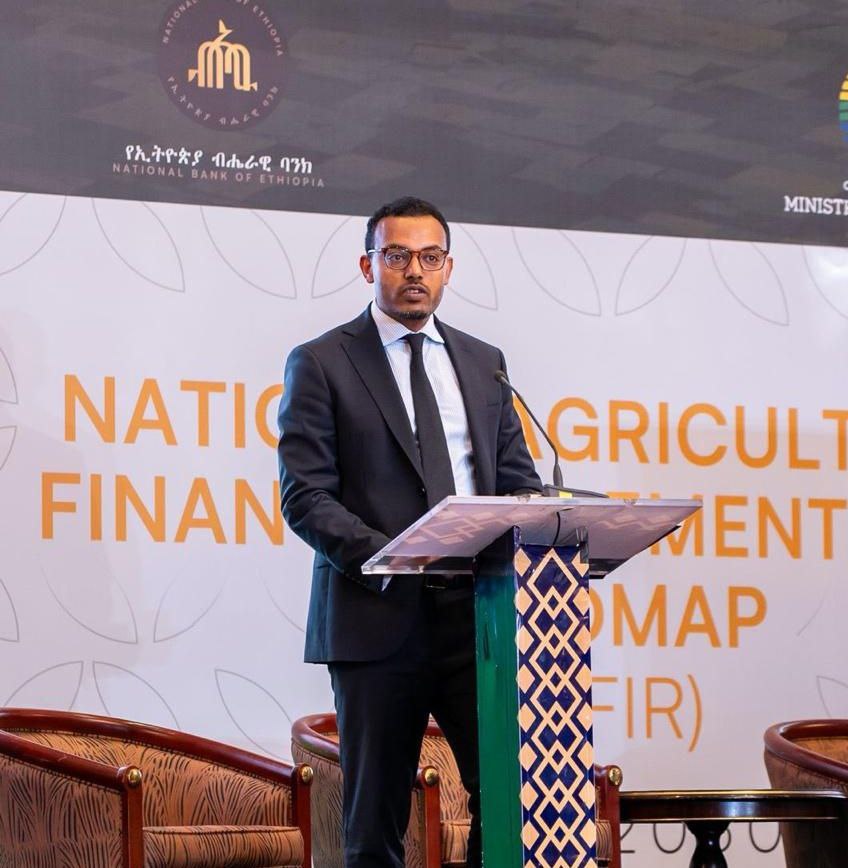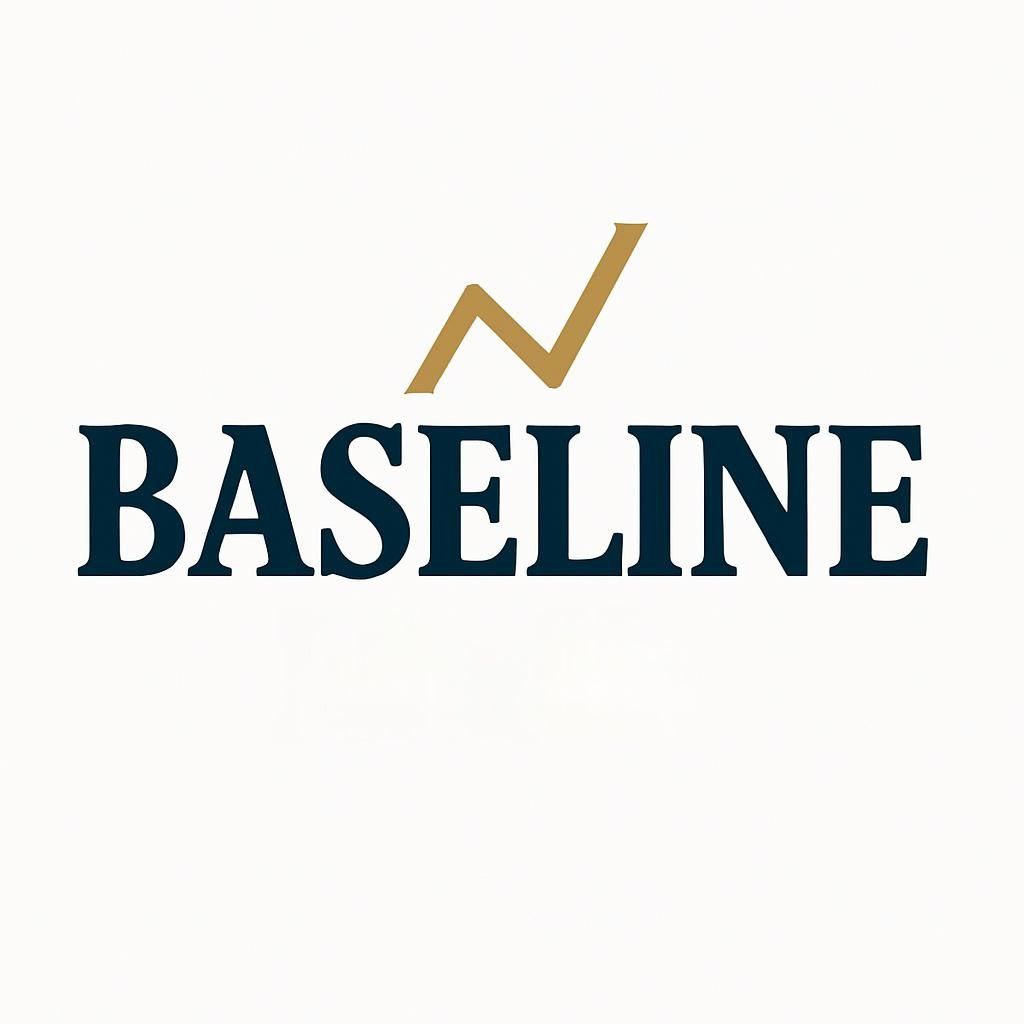Ethiopia Unveils Bold National Agri-Finance Roadmap to Bridge Agricultural Credit Gap
BaseLine Team
31 Jul, 2025

Ethiopia has launched an ambitious new strategy to overhaul agricultural financing, aiming to channel billions in credit toward the country’s chronically underfunded farming sector.
Dubbed the National Agri-Finance Implementation Roadmap (NAFIR) 2025–2030, the plan was jointly unveiled by the National Bank of Ethiopia (NBE) and the Ministry of Agriculture (MoA), marking what officials called a “game-changing” pivot in rural finance policy.
Despite agriculture accounting for 32% of GDP, 64% of employment, and nearly 80% of exports, only a fraction of domestic credit currently reaches farmers. In 2023/24, just 8% of bank loans went to agriculture, with that figure dropping to 2% when excluding the government’s fertilizer scheme, which does not provide direct credit to farmers. The national demand for agri-finance is estimated at 2.6 trillion Birr per year, yet only 52 billion Birr was supplied.
“Agriculture remains the backbone of our economy," said Agriculture Minister Girma Amente. He noted that the national goal is to modernize and commercialize the sector to improve productivity, food security, and nutrition outcomes for all citizens.
The roadmap proposes three cornerstone mechanisms:
NAFA (National Agri-Finance Accelerator): A refinancing and risk-sharing vehicle designed to de-risk agri-lending and scale up loanable funds for farmers, especially in underserved segments.
FAST (Farmer Access to Streamlined Financial Services): A digital identity and compliance system that connects farmers to financial institutions using tools like QR codes, mobile wallets, and National ID-linked profiles, drastically reducing the bureaucratic burden of loan processing.
CoE (Agri-Finance Centre of Excellence): A coordinating hub to improve financial literacy, build institutional capacity, and drive innovation in insurance, digital services, and agri-fintech.
The National Bank and Ministry say the roadmap will help meet Ethiopia’s Ten-Year Development Plan target of 881 billion Birr in annual agricultural credit by 2030.
Governor Mamo Mihretu of the NBE stressed that through the roadmap, they will work closely with the Ministry and financial sector players to advance inclusive, digitally-enabled agricultural finance.
NAFIR’s rollout will rely on partnerships with development banks, fintechs, cooperatives, and the newly established Ethiopian Securities Exchange, which may eventually securitize agri-loans. A high-level steering committee co-chaired by the NBE and MoA will oversee implementation.
The move comes at a critical juncture. Agri-lending by private and converted microfinance banks has declined sharply in recent years, with institutions like Siinqee Bank slashing their agricultural lending share from 57% to 32%.
With the FAST system linked to Ethiopia’s Fayda ID and land registries, and bundled insurance made mandatory for loan access, the plan aims not just to improve credit access but also build a digital and traceable rural finance ecosystem.









